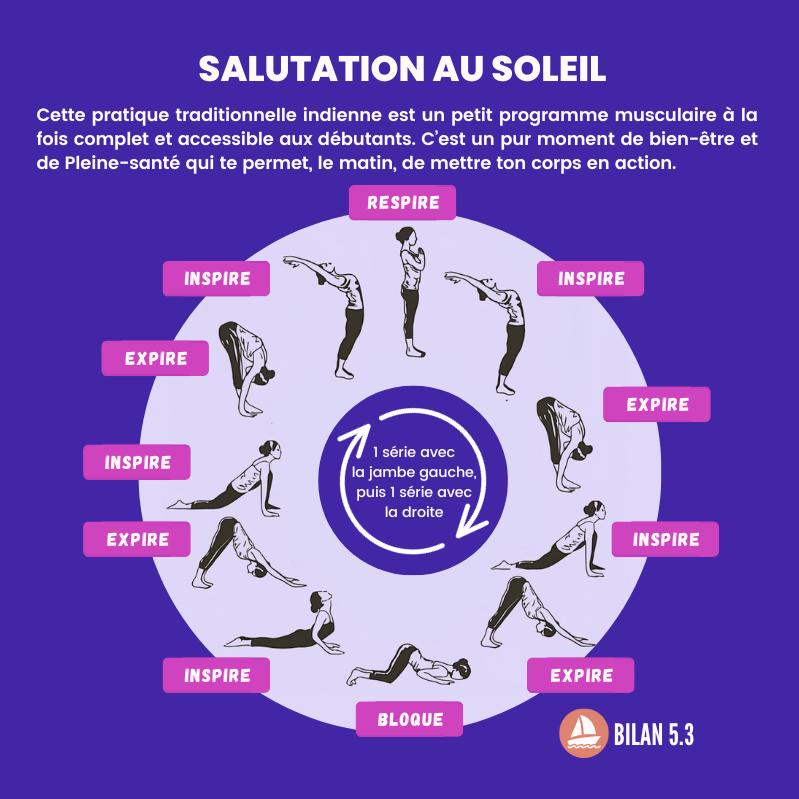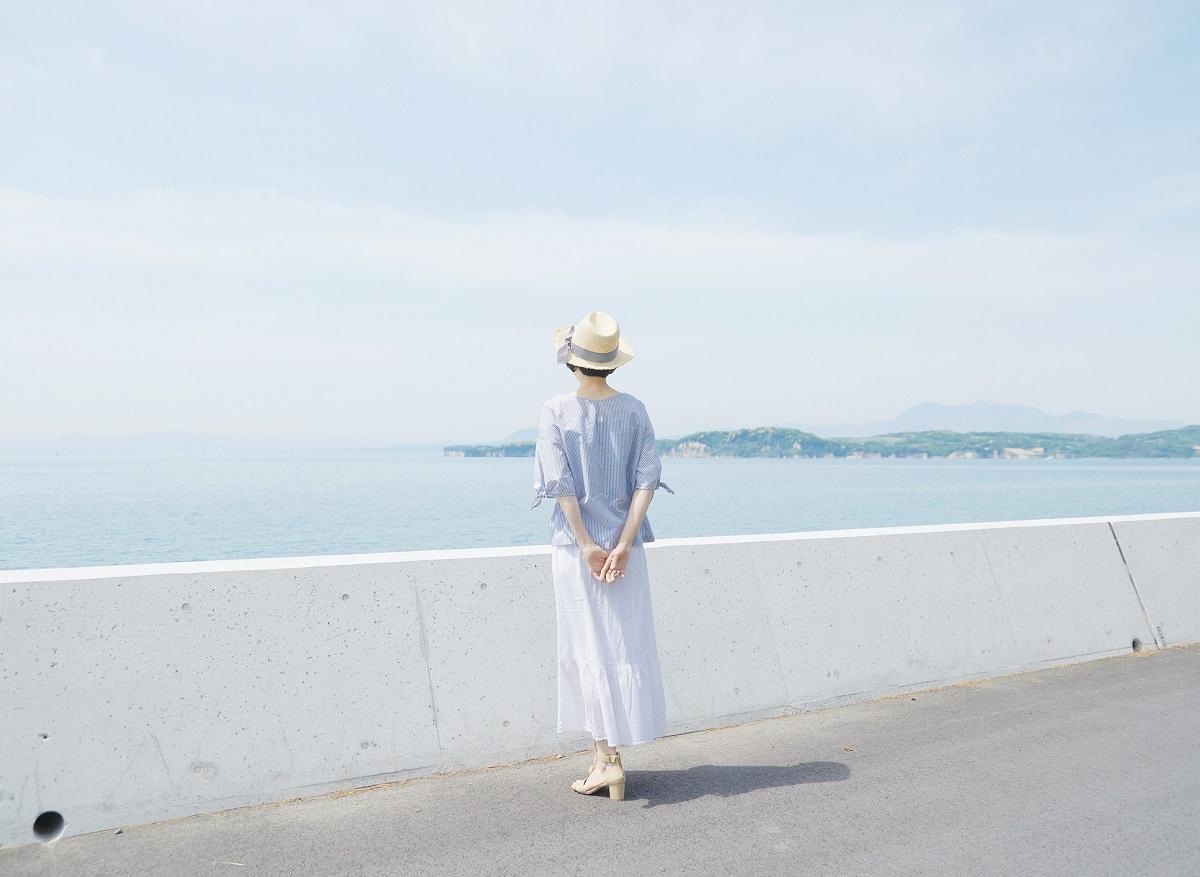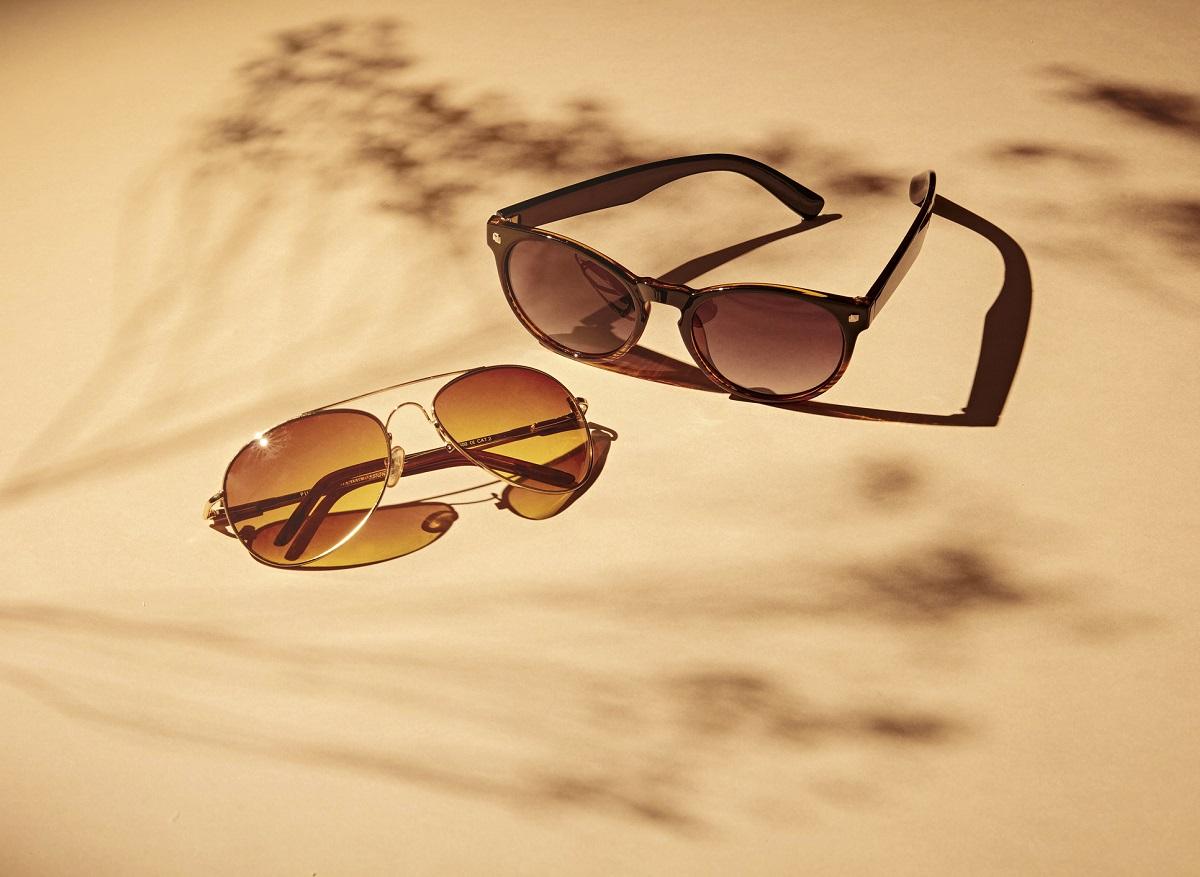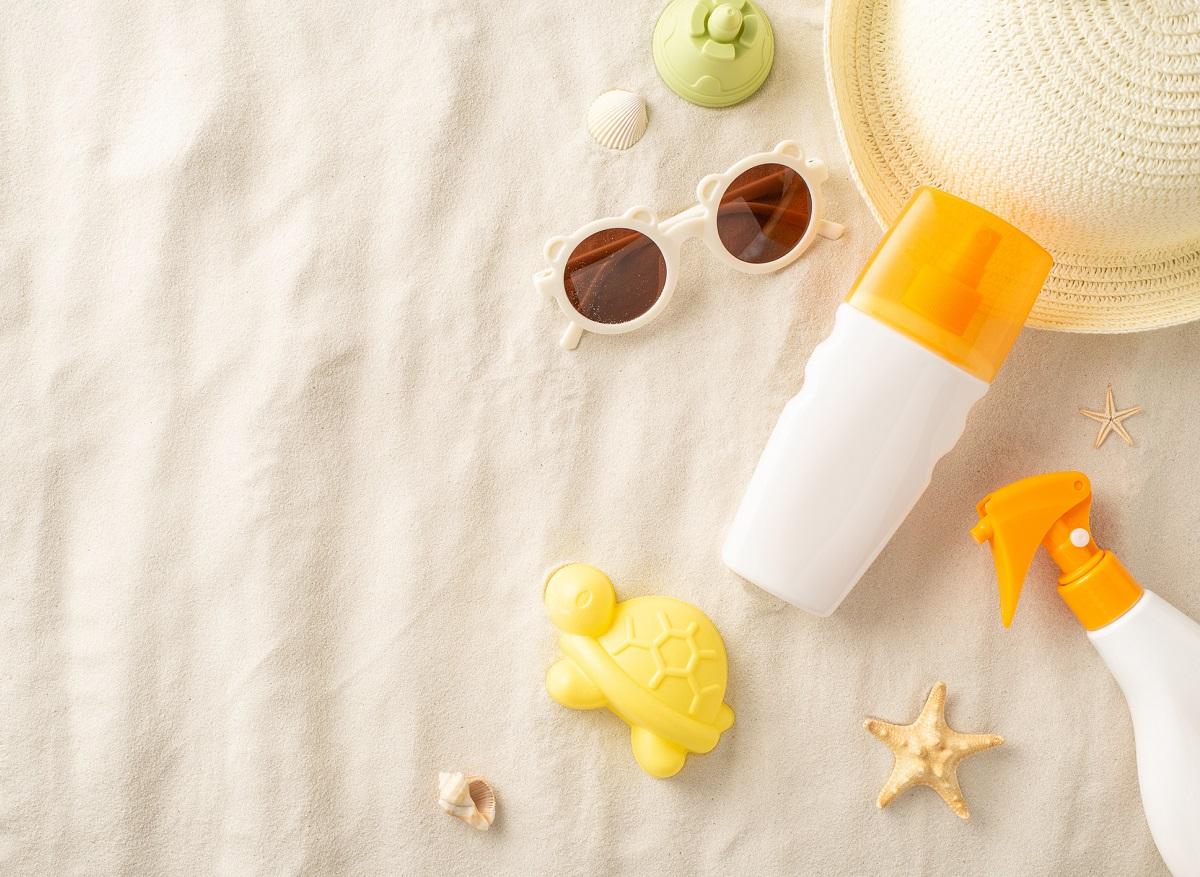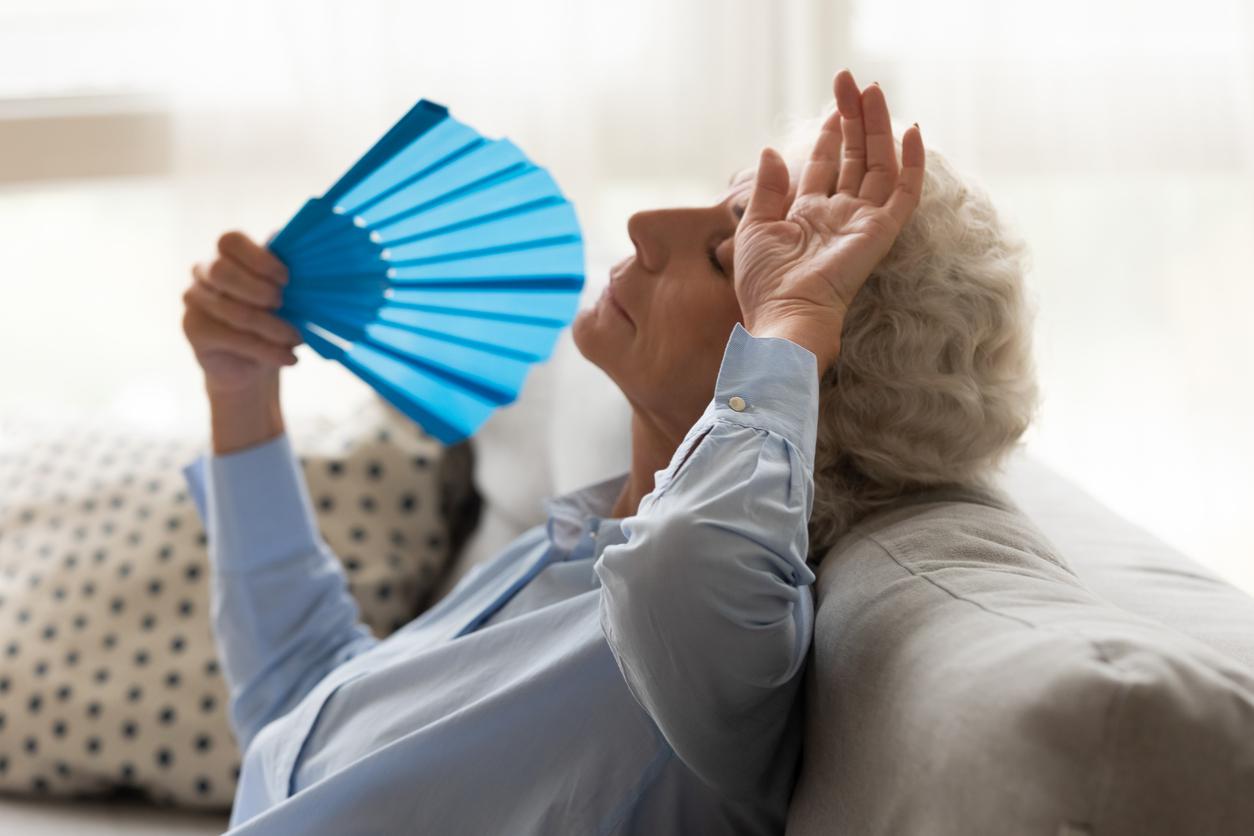Wearing sunglasses helps reduce the risk of suffering from cataracts, AMD and presbyopia.
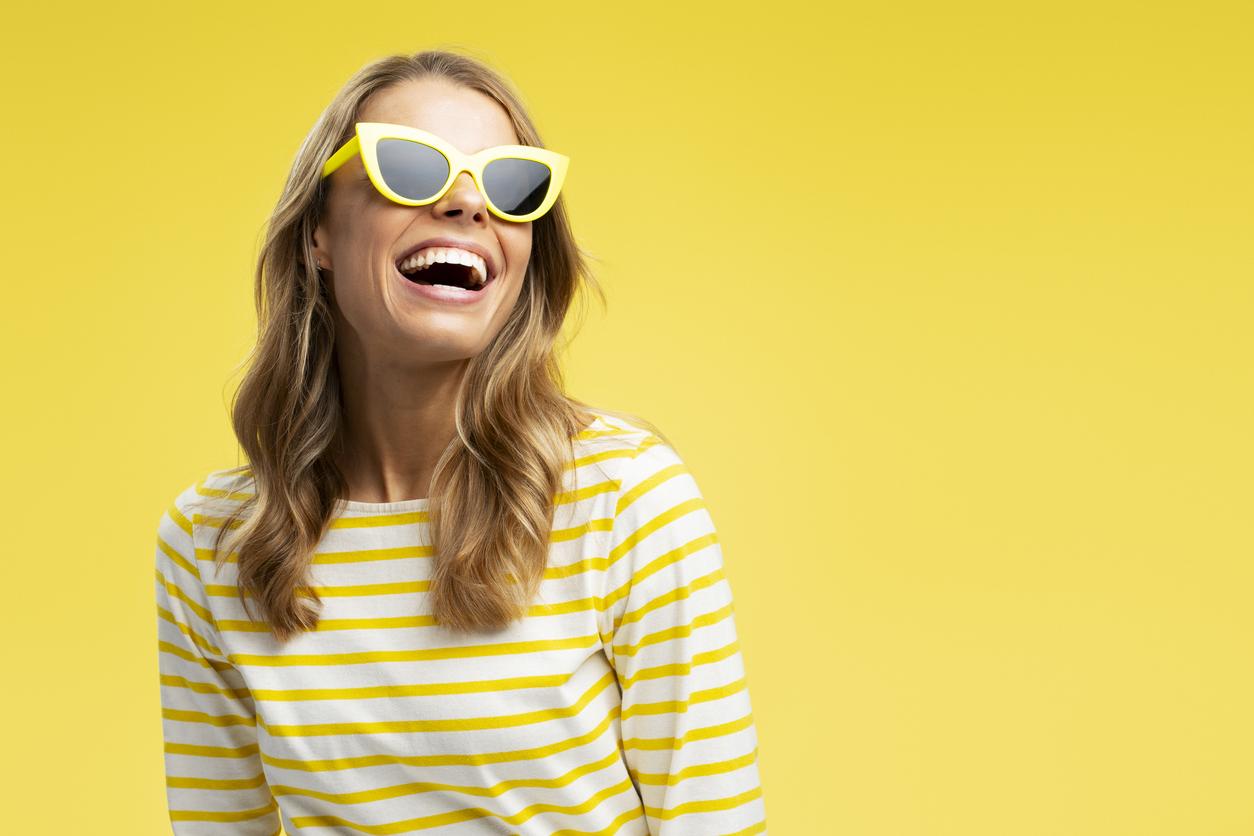
- Asnav (national association for the improvement of eyesight) explains how to choose the right sunglasses.
- “UV rays are responsible for the premature aging of the eye and contribute to the appearance of pathologies such as cataracts and/or AMD (age-related macular degeneration),” she says.
- “It is essential to protect children’s eyes because they are much more fragile,” she adds.
“Dark glasses are not enough to protect you from the sun”. In a press release, the‘Asnav (aNational Association for the Improvement of Sight) details how to choose the right sunglasses this summer.
“There is no question of going on holiday without the essential summer accessory: sunglasses. But are you sure that they will provide you with total protection against ultraviolet rays?”, the specialists first write.
In the latest visual health barometer74% of French people said they did not know the level of protection provided by their sunglasses. “Proof of this is that it is still complicated to understand the difference between protection against glare, provided by the tint, and that against invisible UV rays, provided by the material or treatment of the lenses”, analysis the Asnav.
“However, it is precisely these UV rays which are responsible for the premature ageing of the eye and contribute to the appearance of pathologies such as cataracts and/or AMD (age-related macular degeneration)”, adds the non-profit organization.
How to ensure good quality sunglasses?
To ensure the good quality of sunglasses, the marking “THIS” must be affixed in a visible, legible and indelible manner inside the branches preferably. It is accompanied by the mention of the protection category which goes from 0 to 4, knowing that category 3 meets the vast majority of uses.
Where you buy your sunglasses is also very important. “Only the optician can provide advice and recommendations for use through his qualification as a visual health professional and then guarantee the quality of the glasses through the traceability of his suppliers”, experts point out.
Sunglasses: Don’t forget the kids!
Still according to the visual health barometer cited at the beginning of the article, 30% of French children do not own sunglasses. “However, it is essential to protect their eyes because they are much more fragile. Until the age of 10 to 12, the crystalline lens – the lens that allows accommodation – is completely transparent and lets through very high doses of ultraviolet rays. Over time, it loses its flexibility and becomes opaque, which ultimately causes presbyopia and cataracts.”indicates the Asnav.
Many parents also consider that cheap sunglasses, bought at a market or beach store, are sufficient because children will lose them, break them or not want to wear them.
“However, making children wear tinted glasses without UV filtration is riskier than having no protection. In fact, under the influence of the tint, the pupil will dilate and this is then, for the harmful rays, the door wide open to the retina.”the activists conclude.










